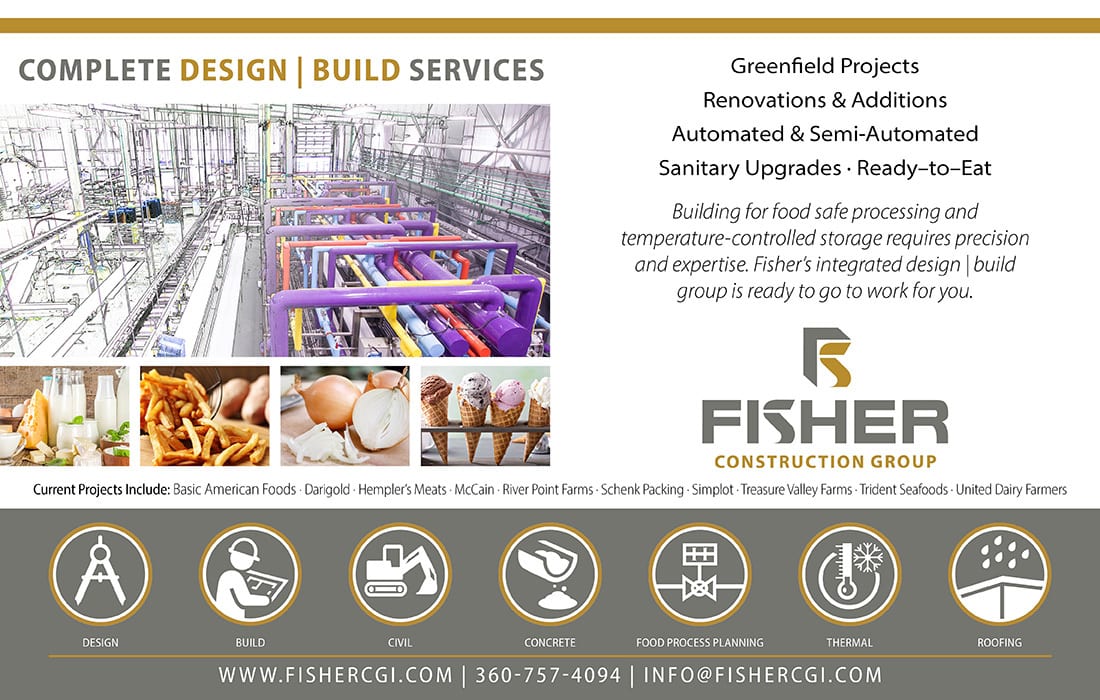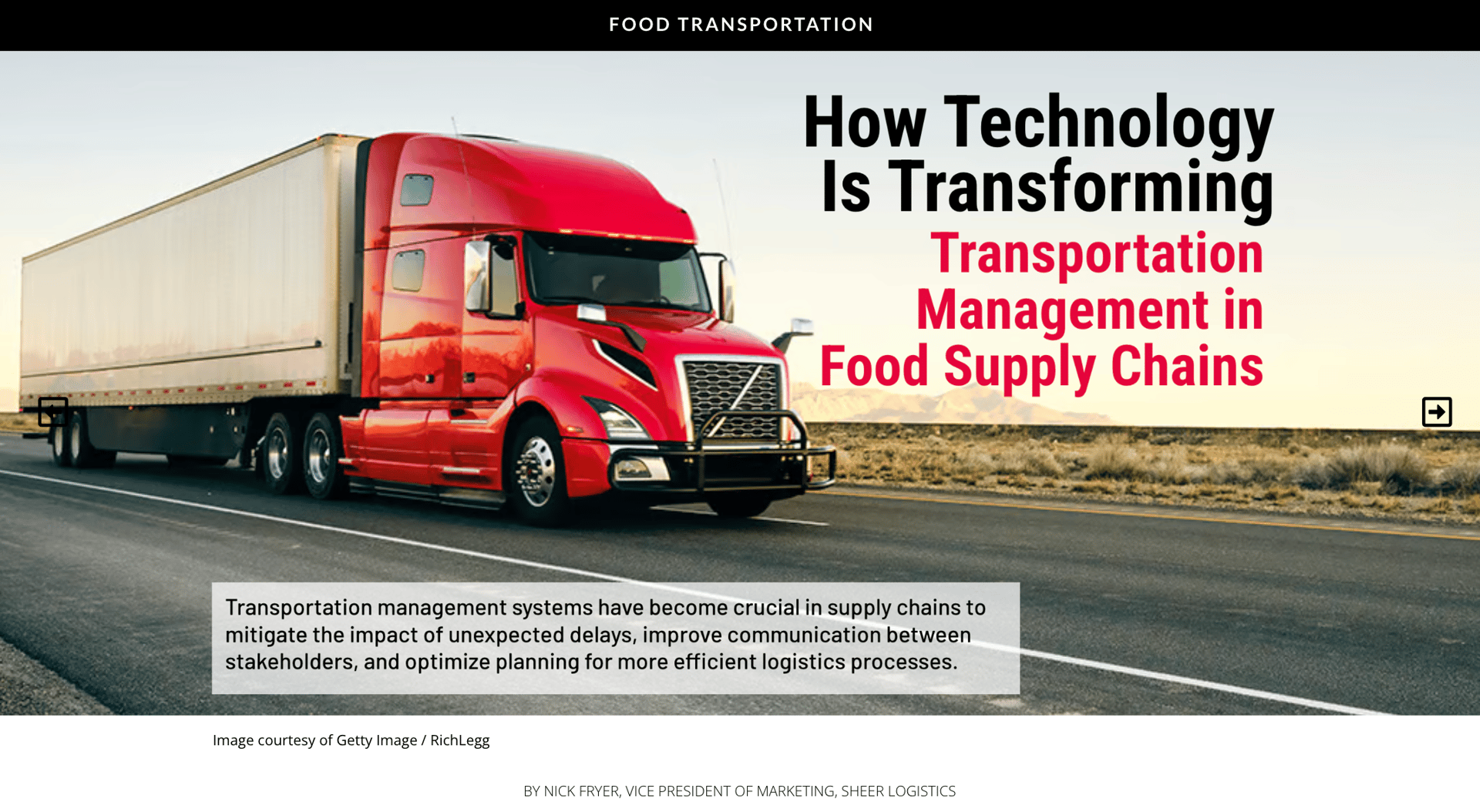Cleaning | Sanitation
Changing Consumer Attitudes on Sustainability
Though breweries face production and staffing challenges, there are opportunities for them to optimize operations — particularly through clean-in-place (CIP) systems. The first part of a two-part series highlights these challenges and the importance of “cleaning with intent.”
Optimizing Brewery
CIP Systems: Part 1
The brewing industry is experiencing significant changes from all directions. Breweries are dealing with a shrinking knowledge base due to retirements and turnover, facing hiring challenges and operating with lean staffing. This limits the time available for brewing personnel to accomplish everything that is asked of them.
As a result, there is less understanding of clean-in-place (CIP) systems and little time to locate documentation on aging assets and outdated facility drawings. Furthermore, there is increased scrutiny of performance metrics and heightened attention on sustainability. Despite these challenges, there are opportunities to optimize, and CIP systems hold the keys to many benefits for breweries.
Efficient Brewing is a Balancing Act
As brewers, we use our creativity and skills to produce the best and most appealing product for our patrons. In short, we brew – or that is what the outside world thinks we do. In reality, much of our time is devoted to the myriad activities that it takes to be successful in this challenging industry: production scheduling, equipment maintenance, and materials procurement, along with personnel-related items such as staffing, safety and training. Some days it is nearly all we can do to get beer out the door to our customers.
And then, after all of that, we turn our remaining attention and resources to cleaning and sanitation.
Photo courtesy: Getty Images / SeventyFour
Andrew Klosinski, senior process engineer, LSI
Brewing Success Built on Cleaning and Sanitation
Our consumers may not give it a thought, but as brewers, our success is built on a foundation of our cleaning and sanitation capabilities and practices. With sanitation being such a fundamental aspect of brewing, it deserves and demands to be as important as the recipes and ingredients to which we devote so much energy and passion.
Think for a moment about your brewery. Where do CIP systems fall in the hierarchy of knowledge, understanding and focus? Are they:
- Done well?
- Repeatable?
- Performed at the right frequency?
- Done in a sustainable manner?
- An afterthought or task to merely get through?
Make CIP More than a Check-the-box Exercise: Clean with Intent
Imagine what it looks like to take CIP beyond a “check the box” exercise. Consider the benefits to your products. Consider the improvement to your profitability through reduced water, chemical, sewer or wastewater costs. Think of how this benefits your staff in terms of engagement and empowerment as they build skills, learn about, and take pride in a critical element of brewing.
Elevating your approach and philosophy to consistently executing quality CIP is well within reach and pays dividends. From this point forward, we will “Clean with Intent,” and, as with any journey, we will start at the beginning.
Cleaning with intent requires us to have complete knowledge of the system hardware, instrumentation and controls. It is guided, supported and grounded by change management. Each step follows a path of inquire, observe, document, verify and implement, as shown in Figure 1.

Figure 1: Elements of how to clean with intent. Graphic courtesy of LSI.
Build CIP Knowledge with Three Questions
Learning begins with being inquisitive. We build our knowledge of CIP by asking three questions:
- What is the intent of the CIP system?
- Is the system capable of achieving these demands?
- Is the technology currently in place appropriate for the application?
In many cases, the first question — the intent of the CIP system — may be a simple and straightforward conversation. For most, a CIP system is intended to provide a clean and sanitary environment in which to brew, ferment, transport, filter, store or package product. The exact definitions of “clean” and “sanitary” are likely where most of the discussion will occur. Spend the time needed and gather a team with a wide knowledge base to clearly set these expectations and establish specifications around “clean” and “sanitary.” Being able to quantify, measure, compare and trend CIP data is key to success.
Once structure has been created around the intent of the CIP, determining its current state capability may spawn several conversations and will likely result in needing to do some homework. For many of us, we inherited the systems at our facilities. The original design and process flow have likely changed and expanded. Aging assets, varying levels of maintenance and ever-increasing equipment costs may have resulted in the original CIP system looking quite different today than upon its commissioning.
Example questions could include: What is the diameter of the CIP supply pump impeller? Did that CSS pump previously run at a fixed speed? When was the VFD added? Do you know what type of cleaning mechanism is in each vessel? Does each cleaning machine have the same diameter nozzle? And so forth.
Are Our Processes Keeping Pace with the Evolving Beer Industry?
With brewery portfolios expanding into different and novel beverages, give some thought to the implications this has on our CIP systems. For example, is a CIP system once designed solely for beer production capable of addressing and eliminating flavor carryover between batches? Do the current tank cleaning mechanisms have the capability to remove the solids and residue from new yeast strains, non-malt-based wort or ever-changing adjuncts?
Capturing CIP Process Details with a Process Flow Diagram
As you can see, there can be numerous unknowns to resolve. This is where a process flow diagram (PFD) provides a starting point to aid the effort and help capture process details as they are learned. Often CIP systems are conducted through loops or circuits rather than in a single pass. With that, start with the cleaning solution tank and work your way through the loop, identifying and recording details on every pump, motor, valve, instrument, heat exchanger, chemical dosing point, cleaning machine and vessel. Some of this work can be done leveraging existing process and instrumentation diagrams (P&IDs), information obtained through a computerized maintenance management system (CMMS) and equipment manuals. This valuable information reflects the current state of the CIP loop and leads us to the next step — verification.

Figure 2: Example CIP Process Flow Diagram (PFD). Image courtesy of LSI.
Get out in the Field and Verify
It is at this point we take our understanding of the process and physically verify its details — make, model, size, horsepower, diameter, measurement range, etc. This is a field effort and will necessitate climbing, crawling, dodging and ducking as you follow the process. Along the way, you will capture nameplate and other important details to compare against the original PFD. What you find in the field may not always agree with past documentation. That’s okay, and is the point of this effort: we need to understand the constituents of the systems as they exist today. Armed with complete and current-state process information, we can now advance to answering the question — is the CIP system capable of achieving the demands and deliverables being asked of it?
The Four Fundamentals of Cleaning
After reviewing the details documented in the PFD, we can now determine the ability to achieve our definition of clean and sanitary against the four fundamental principles of cleaning – Time, Action, Chemical and Temperature.

Figure 3: The Four Cleaning Principles (Sinners Circle). Graphic courtesy of LSI.
Concentration – Temperature and Chemical
For the CIP principles of temperature and chemical (type and concentration), we must consider what we are addressing in the cleaning process, such as solids, flavors, films and foams. At this point, there is no better resource available to you than to work with your cleaning chemical representative. They have the resources and understanding to recommend and source cleaning agents specific to your application. Doing this on your own risks wasting resources (chemicals, water, labor), may unnecessarily expose your equipment to damage, and could be unsafe.
Engaging this support, you will receive guidance on temperature and concentration targets. We can then return to the PFD details and examine our system capabilities. Can it achieve the recommended temperatures? How are chemicals dosed, homogenized, circulated and validated? Above all, can these be done safely?
Once capability has been proven, we verify it by measuring both cleaning solution temperature and concentration. Ideally, this is accomplished through in-line instrumentation. If unavailable, manual measurements are as valuable; they just require a bit more coordination, labor and post-processing of the data. With either method, documentation is an important deliverable.
From these efforts, we have now achieved optimal temperatures and concentrations. Yet, a substandard CIP may still result. We must address all principles of cleaning equally. To that end, we turn our attention to cleaning action – the mechanics that deliver a great CIP.
See next month’s edition for the second of two parts highlighting solutions for CIP in breweries.



